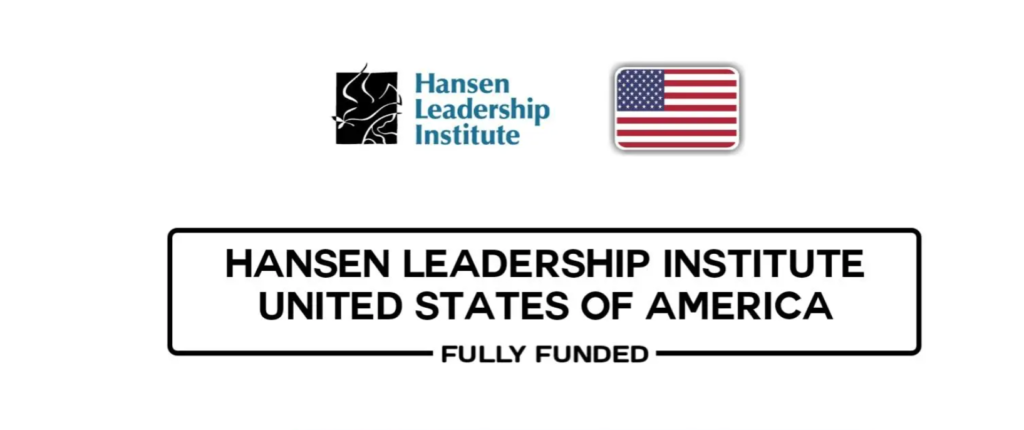How To Generate Better Results With These 4 Marketing Strategies
Conventional marketing wisdom implies customers will flock to a business’s doors if it advertises its products and services. But as any marketer soon finds out, stirring up awareness about what a company has to offer isn’t always enough. Attracting attention and getting your name out there is often only a step toward achieving your marketing goals.
And with marketing budgets declining, directors and their teams need to prove their dollars are well spent. Getting tangible results that add to the company’s success is part of the game. Consequently, many marketers wonder how to get better results and which marketing strategies will produce them. To drive greater outcomes, consider these four marketing strategies.
1. Lean On Influencers
Traditional marketing strategies place ads that may target specific audiences. However, these messages compete against every other ad in the same space and may sound gimmicky. Conventional ads usually follow a formula, and audiences can tell it’s a company tooting its own horn. Those precious marketing dollars stand a higher chance of being wasted when people tune out or turn off the message.
On the other hand, strategies involving growth marketing look for more personalized ways to reach an audience. One of those methods is the use of influencers to promote your products and services. Instead of you saying how great your company and its offerings are, someone your ideal consumer trusts does it instead. This way, your targeted audience is more likely to listen and perceive the message as authentic or as a piece of advice.
Partnering with influencers who share the same space or embody characteristics that resonate with your brand’s values can be fruitful. Influencer marketing helps you stand out and gives consumers a compelling reason to try your products. Just make sure it’s simple for your chosen influencers to share your information and give them an incentive.
2. Optimize Content For Local SEO
Most content marketing teams know they have to do keyword research to optimize web pages and blogs for search engines. General keyword research looks for short and long-tail words and phrases that match what a targeted audience is likely to search for. For instance, an organic baking company might create blog posts with search terms related to “healthy cake ingredients.”
While general keyword research can and does drive results, marketers sometimes ignore optimizing content for local searches. A local search is when someone puts in terms such as “organic cakes near me” or “where to buy healthy cakes in Chicago.” Including keywords that target local searches in online content helps capture the attention of relevant audiences.
Research shows that 70% of consumers who start searching for solutions and businesses online do so with local intent. They’re looking for products and services that will relieve their pain points. But more importantly, these consumers want to get these offerings from companies in their local areas. They tend to trust and feel more emotionally connected to businesses that share a local identity. Not gearing online content toward nearby audiences overlooks these preferences.
3. Use Testimonials And Case Studies
Customer testimonials and case studies are similar to influencer marketing. You’re letting someone else sing your praises and promote your brand. With this strategy, though, it’s people who represent your customer base. They’re loyal for a reason and are also willing to use their voices to become brand ambassadors for your company.
Testimonials can be online reviews or commercial-length videos you produce with customers talking about their experiences. Written comments from surveys, focus groups or interviews are additional sources for testimonials. As long as customers give permission to use their comments, you can include them on your website or in testimonial campaigns.
Case studies usually involve more in-depth videos or written content. These long-form testimonials present a client’s pain points and how your company solved them in detail. Case studies and client testimonials are effective because people gravitate toward authentic stories. Potential customers will relate to and believe others who look and sound like them versus a sales pitch from an inanimate corporation.
4. Send Personalized Emails
Successful marketing strategies do more than stimulate awareness and generate leads. Growth marketing, in particular, finds ways to leverage the entire buyer’s journey and personalize customer experiences. To achieve results, companies can’t stop with lead conversions. Businesses must appeal to existing customers and give them reasons to keep buying or upgrading to the next level of services.
Loyalty programs and rewards are typical tactics companies use to retain existing clients and get them to purchase more. But sending generic email messages or showing general content in a mobile app to current customers can fall flat. It’s great to know there’s a buy one get one free deal on iced lattes. However, people who are single may find this message to be tone deaf. Who will they share the second drink with? This consumer segment might have little use for two coffees at once.
You can avoid these potential mishaps by leveraging customer data. Send personalized emails to your different audience segments that keep their unique lifestyles and buying behaviors in mind. Personalization includes promos that are more likely to appeal to specific consumers. Test a deal on larger versions of the lattes they’ve frequently bought in the past. You could also offer bonus points for buying their favorites three times a week instead of once.
5. Getting Results
More than ever, marketing leaders and teams are under pressure to get results. While conventional strategies can work, they’re usually not enough to drive long-term sales growth. Marketing strategies, such as the use of influencers and personalized emails, extend the potential of traditional messaging. These strategies can improve outcomes and marketing budget ROI by focusing on the customer’s voice.
Source: forbes.com
#EduSAVINGS#EduLOANS#EduSURE#INTERNSHIP#SCHOLARSHIP#EduHEALTHMAINTAINANCE#ENTERPRENUERSHIP#PressPayNg#TERTIARY#EDUCATION#TUITION#FEES#UNIVERSITY#POLYTECHNIC#MONOTECHNIC#FELLOWSHIP#COLLEGEOFEDUCATION#HOLIDAYJOBS#SOFTSKILLSTRAINING



